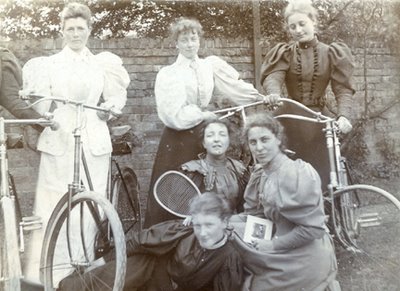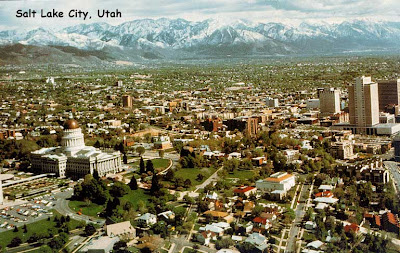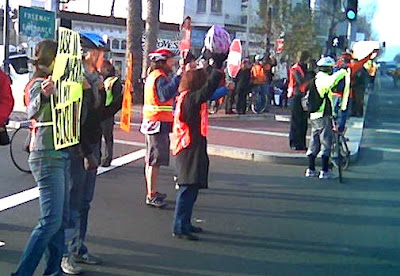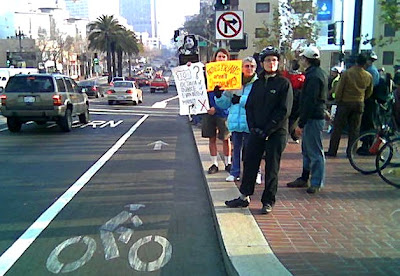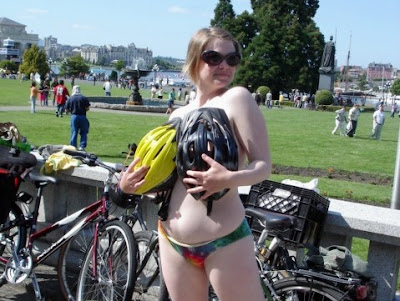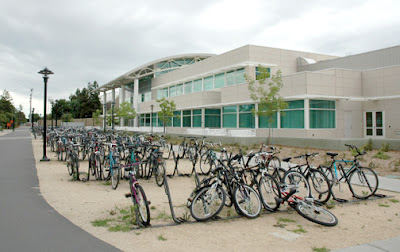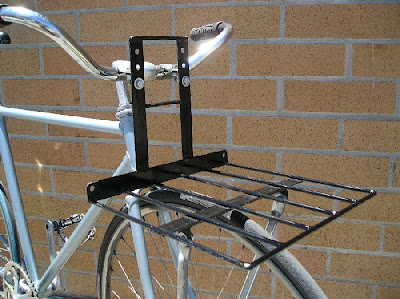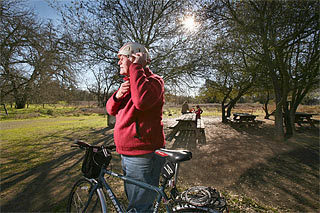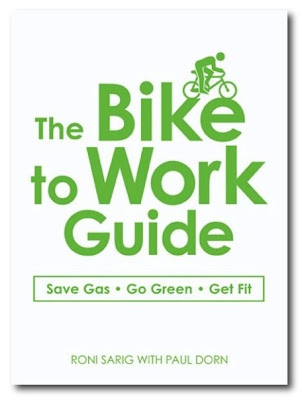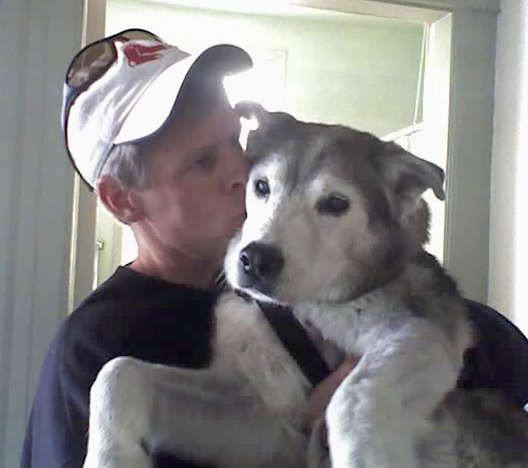 On Friday, January 26, several dozen bicycle and pedestrian safety activists in San Francisco held a protest at the intersection of Octavia Boulevard and Market Street. On the previous Monday morning a truck loaded with cement made an illegal right turn onto the U.S. 101 freeway onramp and struck a female bicyclist on her way to work.
On Friday, January 26, several dozen bicycle and pedestrian safety activists in San Francisco held a protest at the intersection of Octavia Boulevard and Market Street. On the previous Monday morning a truck loaded with cement made an illegal right turn onto the U.S. 101 freeway onramp and struck a female bicyclist on her way to work.
Octavia Boulevard at Market Street is a notorious hazardous intersection in San Francisco. But it's not the only one. While bicycling is generally a very safe and healthy activity, there is always the possiblity of an accident. Even the most careful and experienced bicyclist may have a crash at some point in their lives. What should you do in the case of an unfortunate collision?
Bike Commute Tips Blog spoke recently with Gary Brustin, a California attorney who has specialized in bicycling litigation for more than 15 years. A board member of the California Bicycle Coalition and the League of American Bicyclists, Brustin has been an enthusiastic bicyclist for more than 40 years.
Bike Commute Tips: What should a bicyclist do in the event of a collision with a vehicle?
Gary Brustin: Well, safety should start long before the crash. Bicyclists should always, always wear a helmet and carry emergency information. Not just a driver's license or ID, but information on whom to contact in case of emergency, health insurance contact information, contact info for the primary care provider, and information regarding any known allergies.
If you are involved in a collision, the highest priority is to get medical attention. That means listening to emergency personnel, including getting into an ambulance if you are advised to do so. No questions, just obey the emergency medical responders. There is always the possibility of internal injuries, which may not be immediately evident.
The next priority is to cooperate with the police, even if they might appear to be biased against bicycling or not as responsive as you'd like. Cooperate with the police. Tell them what you definitely know about the accident, such as your speed and road position. Don't speculate about what you don't know, such as the speed of the motorist. Only relate what you actually know.
Another critical priority is to exchange information with the motorist involved in your collision: name, address, phone number, license, and insurance carrier. Gather names and addresses of any witnesses. Getting witness information is very important, because they can provide an unbiased, credible account of the incident. Sometimes the responding police officer will only get a statement from one witness, and many other witnesses may have left.
If you feel your rights have been violated, consult with an attorney who specializes in cycling cases. You have the same right to the road as any other user, and we don't want to forget that. Your attorney should make an immediate investigation, obtain a statement from the driver, get witness statements, and take photos of the scene, the bicycle, and any injuries.
A very important point to make: Preserve evidence. Don't fix your bike or even wash your clothing. It's all evidence that investigators can use to determine the facts of the incident. Even a grass stain can be significant. I had a case where the driver said the bicyclist landed in the street. But the grass stain on the shoulder of the cyclist's jersey suggested otherwise, and gave a clue about how the motorist actually struck the rider.
Beyond that, it's just a matter of following up with your family doctor, and just focus on recovering and getting back on your bike.
Bike Commute Tips: What are the most common types of bike injury collisions you encounter with in your practice?
Brustin: By far, the most common crash we see is a motorist turning left into the path of the bicyclist. Perhaps 60-65 percent of all my cases involve left-turning motorists. After this we see a few cases involving an overtaking motorist making a right turn into the bicyclist; followed by sideswipes or rear end collisions.
We get a smaller number of cases involving faulty road design or defects, such as grates, tree roots, broken pavement, obscured sight distance, or other road hazards. A very small percentage of bike crashes are due to product failure; and I don't take these cases. I won't bring a suit against a bike manufacturer, a bike shop, or a cycling organization.
The most common types of injures involve the shoulder or the knee, either a broken clavicle or dislocated shoulder, or a torn meniscus in the knee. Both of these types of injuries can be treated. Almost all my clients get back on their bikes again.
Of course, the best thing is to avoid collisions. Be conspicuous, wear bright clothing. That bright fluorescent lime green color may be ugly, but it's very effective. If you bicycle at night, use lights. You might even want to consider leaving your light on during the day if you're riding on shady streets with uneven light. And as you enter an intersection, watch the wheels of the vehicle. They are always the best clue, the wheels. Not eye contact with driver. Double check, look at the front wheels.
Bike Commute Tips: In your many years of practice, have you noticed any significant trends regarding the treatment of bicyclists?
Brustin: Overall, there really hasn't been much change over the 15 years I've specialized in bicycling litigation. The motoring public's prejudice or bias against bicyclists is very persistent. However, over the past couple of years, I've noticed an improvement in the treatment received by bicyclists from emergency medical personnel and police. More people are bicycling, including police and EMTs. And maybe that's helping them see the situation from the cyclist's perspective.
For the most part the laws are pretty good. Bicyclists enjoy the same rights and responsibilities as motorists, and we always need to remember that. Most of the challenge is changing motorist perception, to make them understand that we do have the right to be out on the roads. This means more effort in driver training, the DMV manual, or public awareness campaigns. That's why I'm involved in advocacy, and why I always encourage people to join the California Bicycle Coalition and the League of American Bicyclists.
Image: Web capture.
Visit: Gary Brustin's Web Site
Visit: Who taught YOU to drive? What to do when bike and car collide, Boston Globe
Visit: Dispatch from the commute: Cyclist's hard lesson about what to do after the crash, The Oregonian
Visit: Tips if you find yourself in a bicycling accident, The Digitel, Charleston, SC
Visit: Bicycle Accidents Need Bicycle Lawyers, Lawyers & Settlements
Visit: BicyclingInfo.org Crash Statistics
Visit: BicycleSafe.com, illustrated site for accident avoidance
Visit: Paul Dorn's Bike Commuting Tips Site

